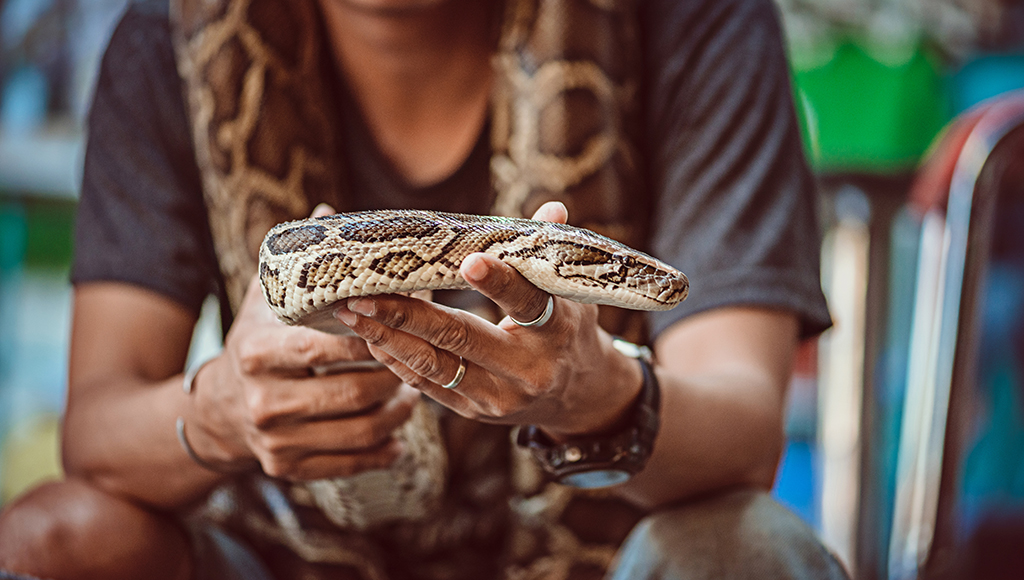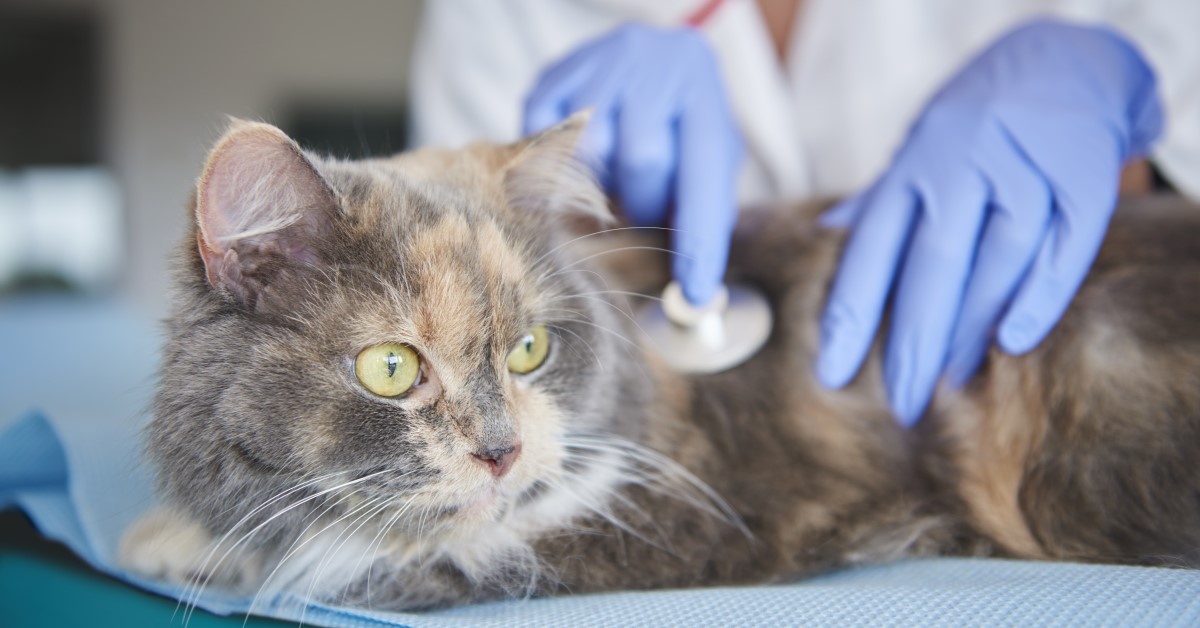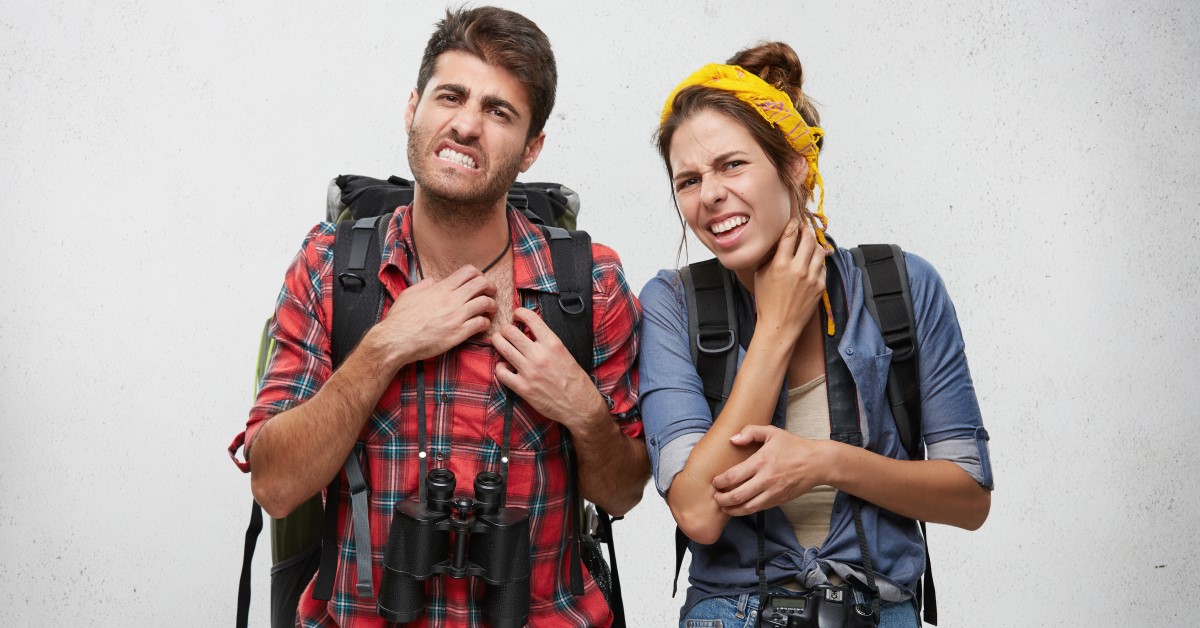Snakebites: Safety Tips and Treatment
As with all wild creatures, snakes should be respected, and caution used at all times!

There are scores of urban myths floating around about snake bites and the proper methods with which to treat them. Unfortunately, these myths have been accepted as truth too often and have resulted in senseless deaths and injuries related to snake bites. Bites by snakes are dangerous for two reasons: poison and infection. It is important to remember that even if you are bitten by a nonvenomous snake, there are still dangers.
USE COMMON SENSE
Following strict safety guidelines, exhibiting caution, and using good common sense at all times, can help you avoid unwanted dangers, especially in unfamiliar areas and terrains. If you are going to be hiking, walking, or camping in an area that may contain venomous snakes, you should be able to identify them instantly on sight. Make sure you read all warning notices and have thoroughly researched your location.
All venomous snakes do not have common characteristics, though some urban myths would have you believe that they all have triangular heads and bright colors. Rather than relying on these fallible identifiers, research the venomous snakes in a locality before you go there, so you’ll know exactly what to avoid. Make sure you read all warning notices and follow any guidelines posted for your safety.
SAFETY TIPS
An ounce of prevention could save your life:
- Wear long pants and boots taller than the ankle.
- Avoid tall brush and deep, dark crevices.
- Make plenty of noise and vibration while walking.
- Do not approach snakes, avoid them at all times.
- Do not expect rattlesnakes to make any noises; they will not!
FACT OR FICTION?
- In the United States, only about 12 people a year die from snakebites. TRUE
- When you kill a snake, another one will chase you. FALSE. Once a snake has been killed, a piece of it will not break off and chase you; however, their bodies may still move or jerk for up to an hour after being killed.
- There are approximately 23 different subspecies of rattlesnakes in the United States including the coral snake, copperhead, and cottonmouth (or water moccasin), which comprise the venomous snakes indigenous to this country. TRUE. We emphasize indigenous because the internet has made it easier to bring exotic/foreign snakes here to the United States illegally. This poses a dangerous threat to emergency rooms when trying to make sure they have enough of the right anti-venom available.
- Snakes can strike only from a coiled position. FALSE. A snake can strike instantly from any pose or position.
- A Hognose snake, sometimes called a puff adder, can mix venom with its breath and kill a person at a distance of 10-to-20 feet. FALSE. Hognose snakes mildly produce venom as they are rear fang snakes. They also do not blow their breath at animals or people.
- All snakes have fangs, and a bite from one will hurt severely and lead to death. FALSE. Not all snakes have fangs and not all have venom, and contrary to popular belief, most snake bites are not painful.
DIFFERENT TYPES OF BITES
Dry Bites - Dry bites are referred to as “misses,” no venom injected due to the lack of venom, a glancing blow, or penetration could not occur because of the clothing worn by the individual. Dry bites account for about 20-30% of all snakebites.
Pit Viper Bites - Pit vipers have two fangs and the bite often has two small holes. There are many symptoms associated with the bite of a pit viper. Fang marks are always present, followed by swelling, pain, and black and blue marks on the skin. Sweating, chills, and muscle twitching are commonly seen. Some numbness on the tongue may occur, and reports of a metallic taste are not uncommon. Venoms of the pit viper contain peptides and proteins. The venom leads to damage of vascular cells and red blood cells. Proteolytic enzymes damage muscle and are responsible for tissue death. There is also a histamine release by the body after the bite.
Coral Snake Bites - Coral Snake venom is different than pit viper venom. It is thought that adult coral snakes carry enough venom to kill 4-5 adults. The coral snake venom is primarily a neurotoxin. Fang marks are rarely seen, and swelling is rare.
WHAT IF I’VE BEEN BITTEN BY A SNAKE?
- Safety first! Get away from the snake. That's probably why it bit you in the first place because it was protecting itself from anything in its immediate proximity.
- Minimize all activity and keep the victim calm.
- Call 911 immediately! Waiting until the pain may lead to permanent tissue damage. Remember that calling 911 on a cell phone is different than a regular phone, so be able to tell dispatchers EXACTLY where you are located (using an address, landmark, mile marker, landmark, etc.).
- Once the victim is calm, if possible, it could be very helpful to capture the snake for identification purposes since it does mimic the king snake.
- Do not elevate the extremity. Keep the bite below the level of the heart; immobilize the extremity if possible.
- Apply cool compresses, not ice.
- Wash the area with warm water and soap if possible. If soap is not available, try to at least rinse the wound with as much water as you can.
- Remove constricting clothing and jewelry from the extremity. The area may swell and constricting items will cause tissue death.
- If the snake is an elapid species (coral snakes and cobras), wrap the extremity with an elastic pressure bandage. Start from the point closest to the heart and wrap towards the fingers or toes. Continue to keep the bite lower than the heart.
- A quick picture of the snake (even with a cell phone) will help medical
crews identify the species so they can administer the correct treatment. Rattlesnakes are pit vipers, identified by dents in the side of their heads that look like ears. Coral snakes are small with bands of red bordered by pale yellow or white. Cobras have hoods that spread behind their heads. - If the snake is dead, bringing it to the hospital is appropriate. Be careful, dead snakes can reflexively bite for up to an hour after death.
- Transport the victim safely to the hospital (if emergency help was unavailable). If possible, call ahead to the hospital and tell them you are bringing a snakebite victim; this will give them an opportunity to have some anti-venom flown in if they do not have on hand.
THINGS YOU SHOULD NOT DO IF BITTEN BY A SNAKE:
If you are bitten by a snake, these are the things that you should not do to treat the wound:
- If you’ve been bitten, or suspect that you’ve been bitten by a poisonous snake, you will need to obtain medical attention immediately. Attempting to suck the poison out of the wound through your mouth (even if you intend to spit) can cause the poison to spread to the mouth and even into the bloodstream through any cuts in the lips or gums.
- Although they are marketed as effective, snakebite kits are more harmful than helpful. The suction cups provided for extracting snake venom are inadequate because, in most cases, snake venom progresses into the bloodstream instantly; much more rapidly than you could hope to control. Furthermore, even a drop of snake venom left in the wound can be deadly.
- Some urban myths will have you believe that cutting the wound will help to extract the venom. This is absolutely untrue. First of all, cutting the wound can cause more tissue damage, which is one thing that snake venom is already doing. Secondly, losing more blood will cause your body’s immune system to weaken much faster.
SUMMARY
Rather than subscribing to these urban myths, attempt to attain medical help as quickly as possible. If you are too far away to reach a hospital within an hour, you can use a cold compress on the wound to help slow the spread of the venom to the rest of your body. Don’t take any prescription or OTC medication, which can actually make things worse; you should also avoid imbibing alcohol. Instead, get to a hospital as quickly as possible and, if feasible, take a picture of the snake that bit you so that the hospital personnel can identify it. If taking a picture isn’t possible, try to remember exactly what the snake looked like so that the proper antivenin can be administered.
Medically Reviewed By Sara Ochoa, DVM
Ready to start saving money on pet wellness care?
Then take a look at Mint Wellness, the pet wellness plan that provides fast reimbursement on routine pet care. Save on vaccinations, wellness exams, preventatives, dental, and more!
Learn More


